Decoding the Working Principle of Slurry Pumps
What is the working principle of a slurry pump? From a principle perspective, a slurry pump belongs to the category of centrifugal pumps. It is a mechanical device that increases the energy of a slurry containing particles through the action of centrifugal force, converting the electrical energy of the motor into kinetic and potential energy.
What is the Working Principle of a Slurry Pump?
From a principle perspective, a slurry pump belongs to the category of centrifugal pumps. It is a mechanical device that increases the energy of a slurry containing particles through the action of centrifugal force, converting the electrical energy of the motor into kinetic and potential energy.
Classification of Slurry Pumps
Slurry pumps can be classified into single – stage pumps, multi – stage pumps, single – suction pumps, double – suction pumps, single – impeller pumps, double – impeller pumps, cantilever pumps, horizontal pumps, vertical pumps, and more, based on different criteria.
Basic Structure of Slurry Pumps
The basic structure of a slurry pump consists of an impeller, pump casing, shaft, bearings, support frame, shaft seal, and other components. The power source is typically an electric motor, which can be directly connected with a coupling or indirectly connected with belts and pulleys.
Operation Principle of Slurry Pumps
The principle of operation is as follows: when the impeller rotates at high speed, the impeller blades cause the slurry to rotate rapidly. Under the action of centrifugal force, the rotating slurry is expelled from the impeller, creating a vacuum zone at the center of the impeller. The slurry is then pressurized into the suction pipe through the network of pipes, aided by atmospheric pressure or water pressure. This process continues in a cycle, enabling continuous feeding and achieving the required head and flow rate as per the design requirements. Nowadays, the submerged inlet method is commonly used for slurry pumps, where the slurry level is higher than the pump inlet.
Applications of Slurry Pumps
Slurry pumps are mainly used in industries such as mining, power plants, sand recovery, environmental protection equipment, metallurgy, chemical engineering, construction materials, and desulfurization.

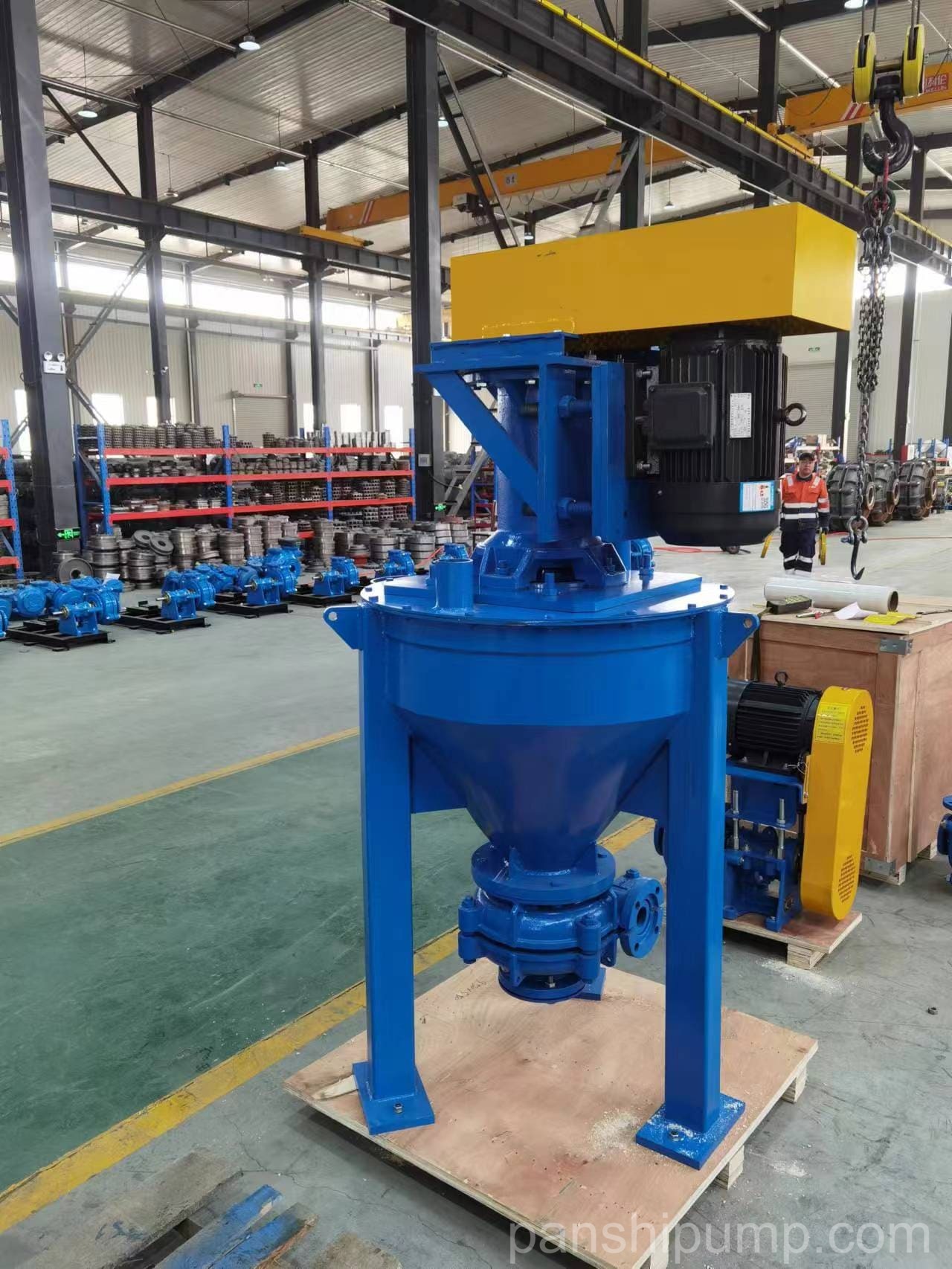
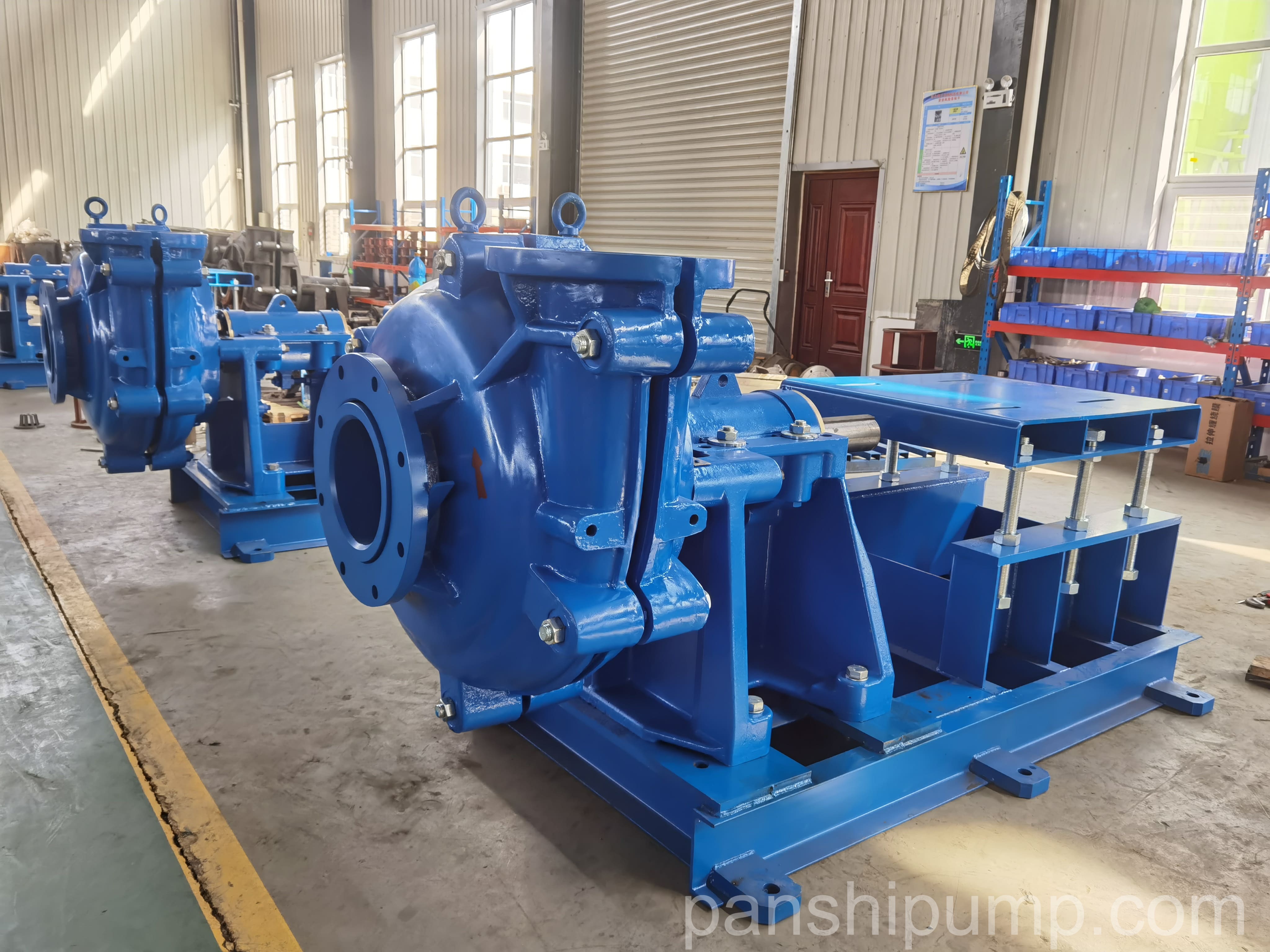
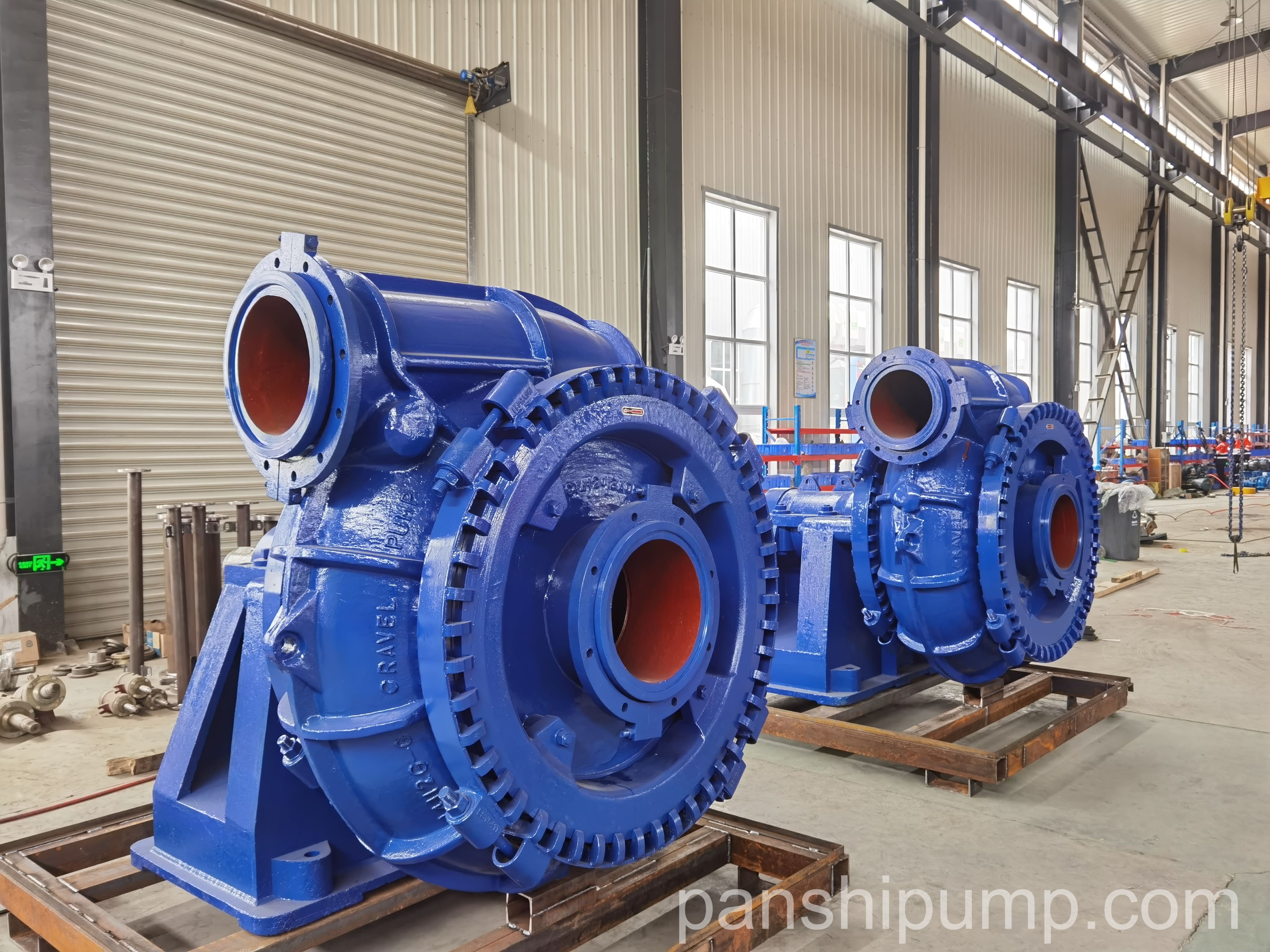
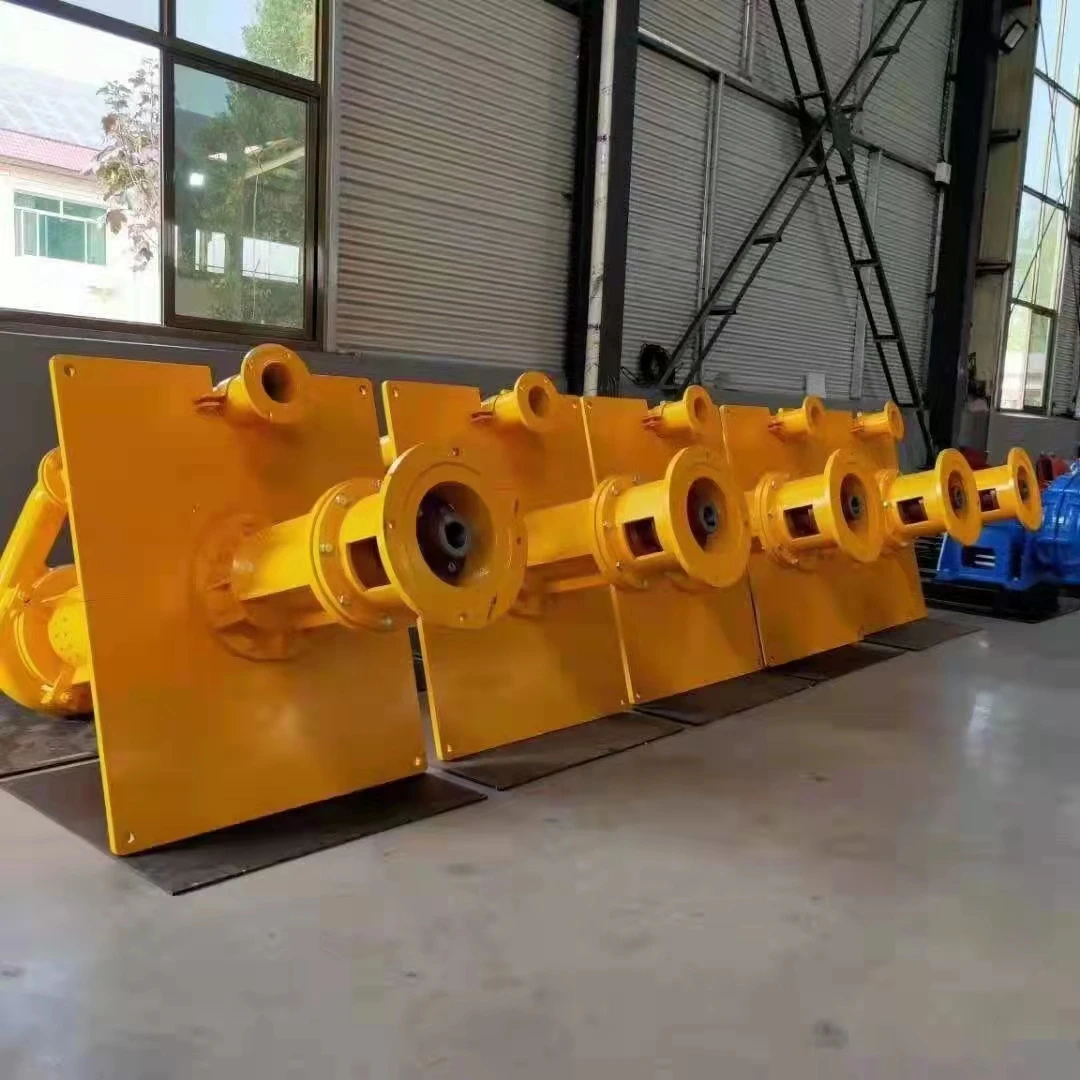
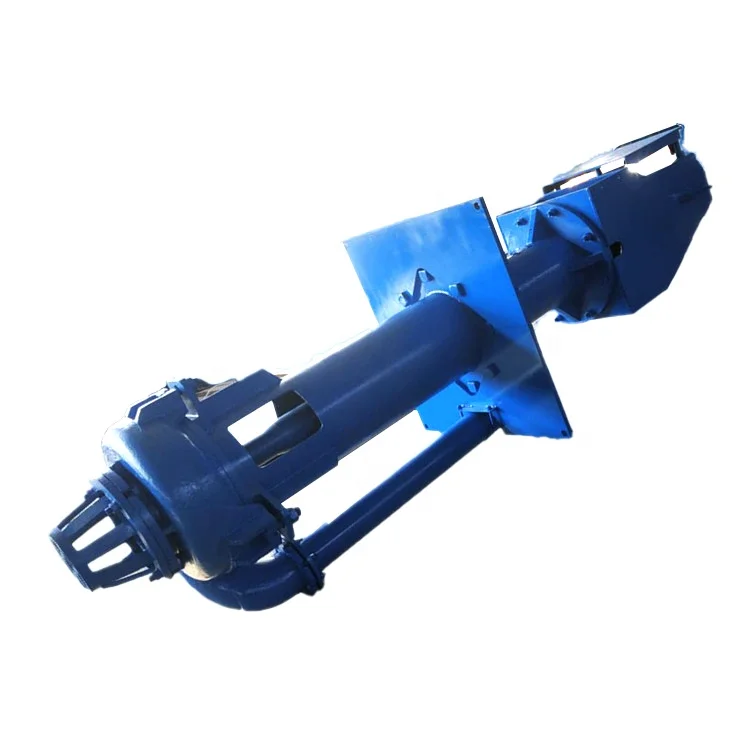
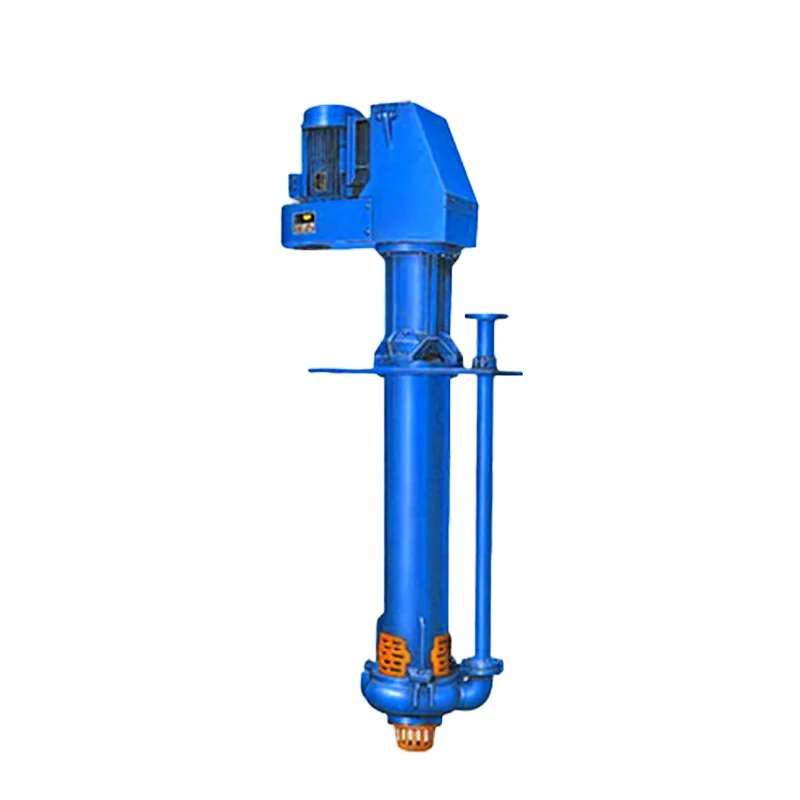
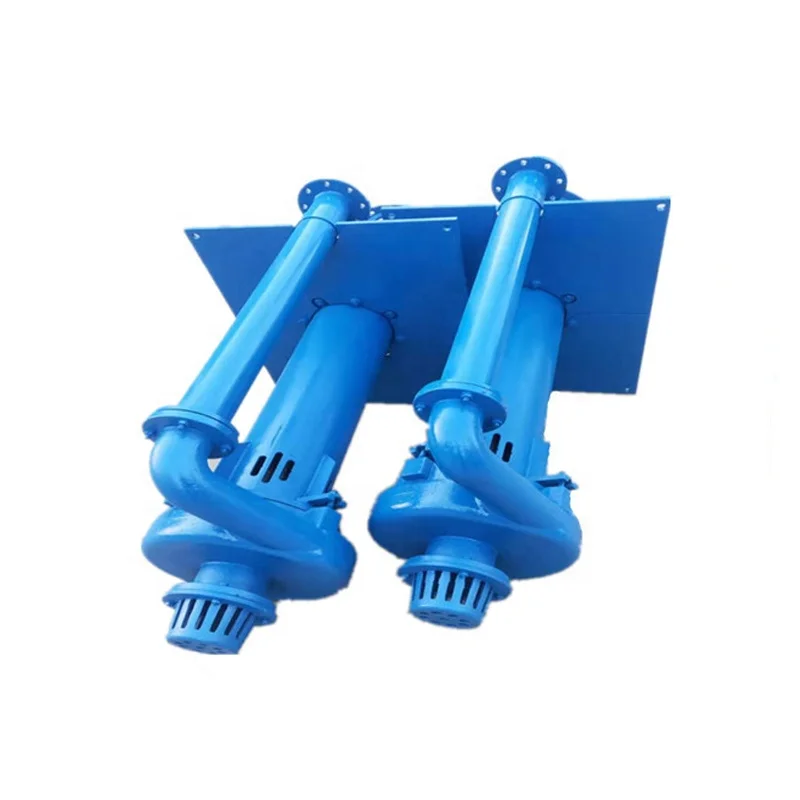
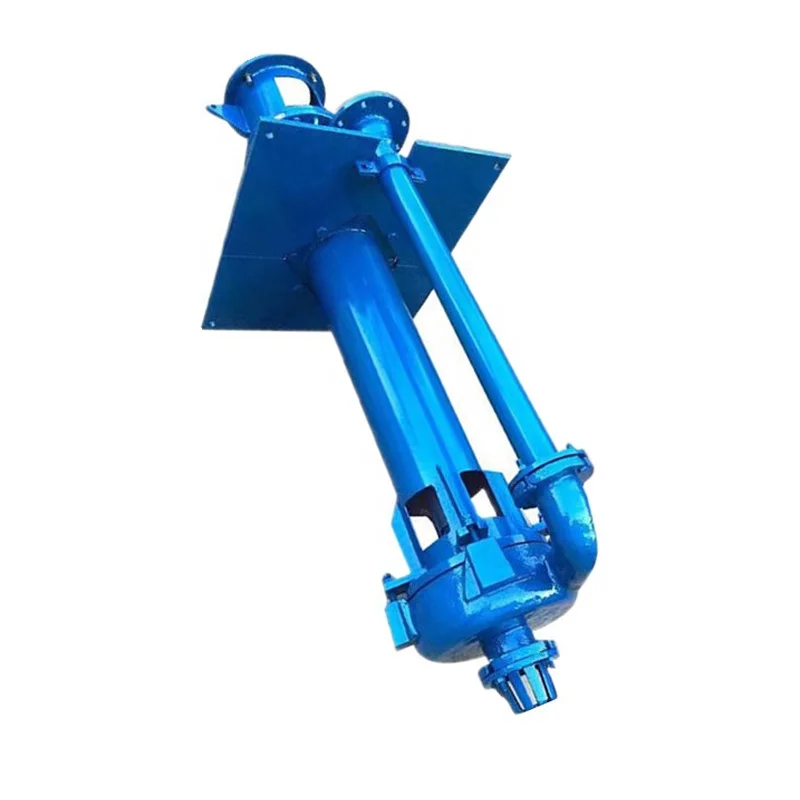
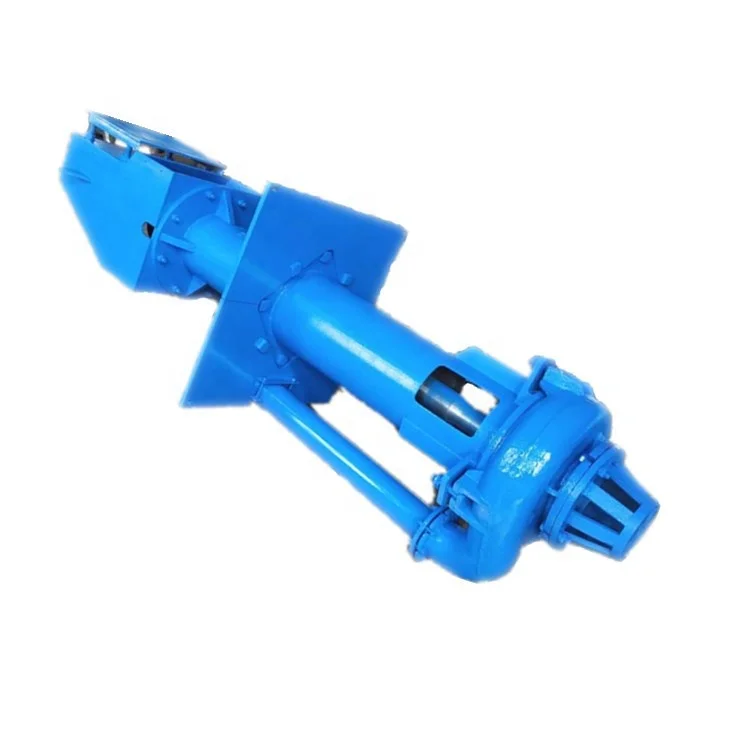
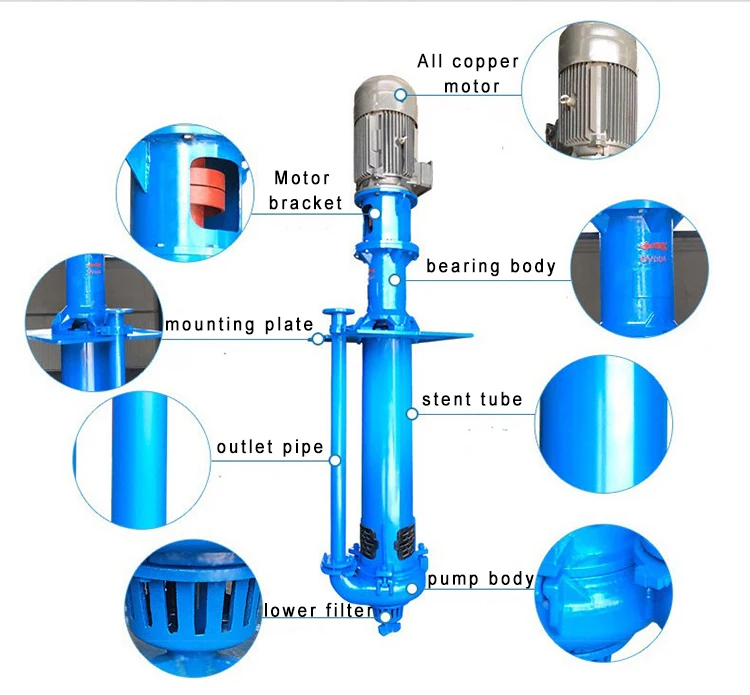
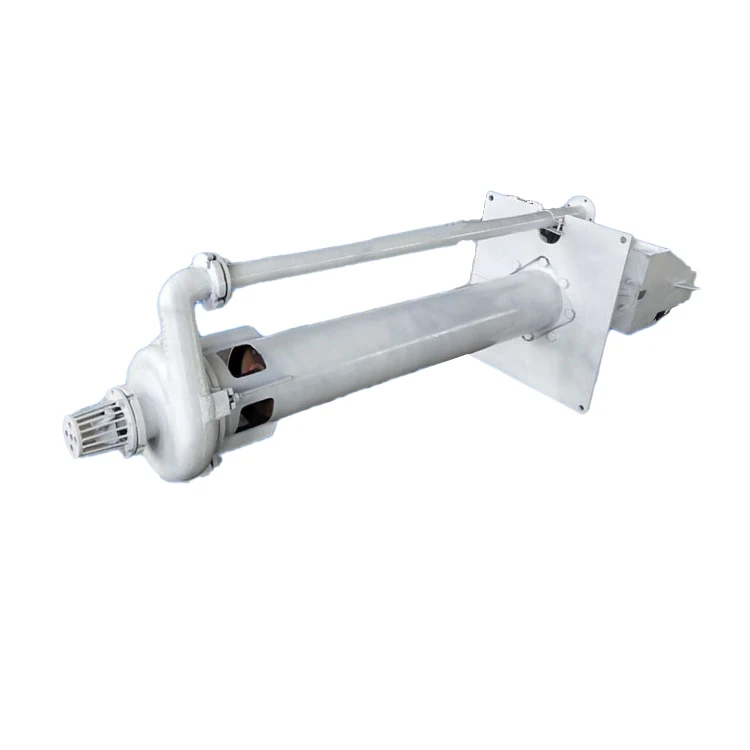
Please login to write a comment after